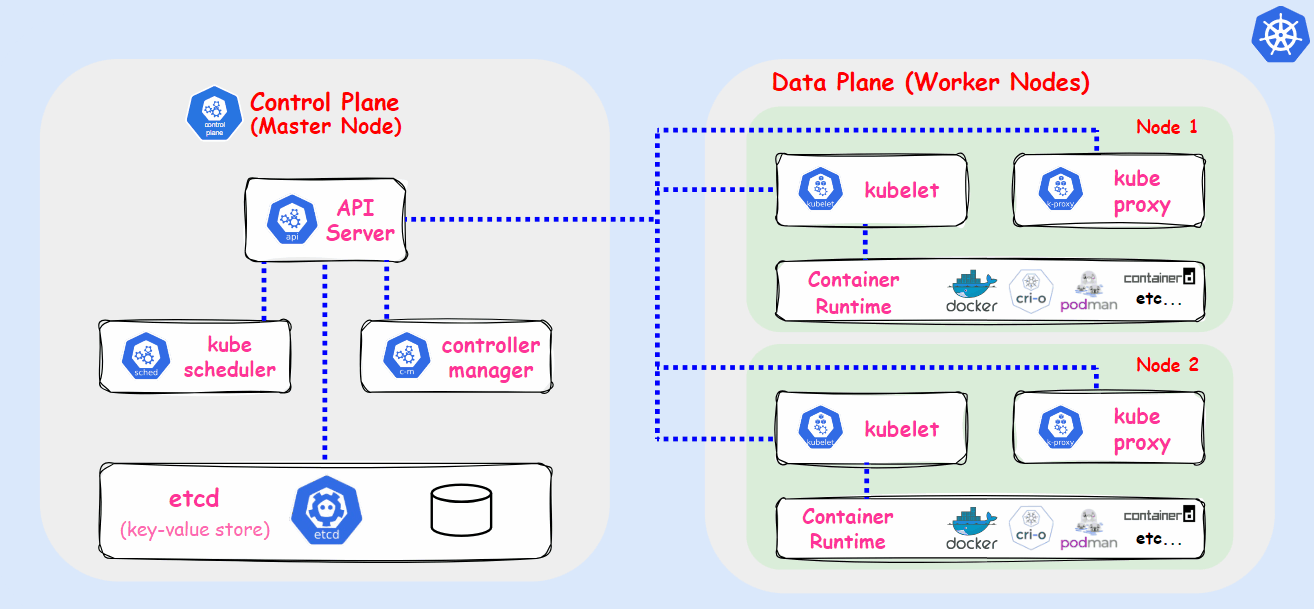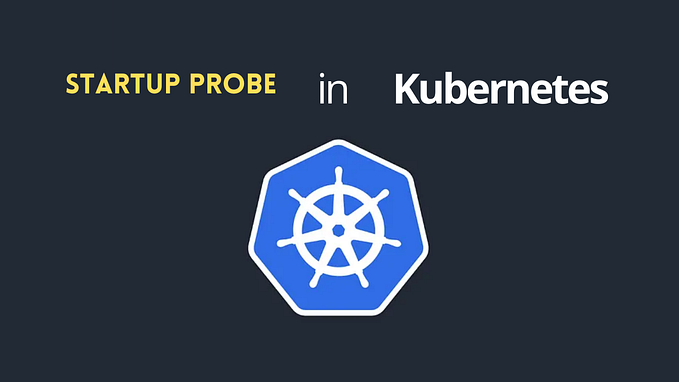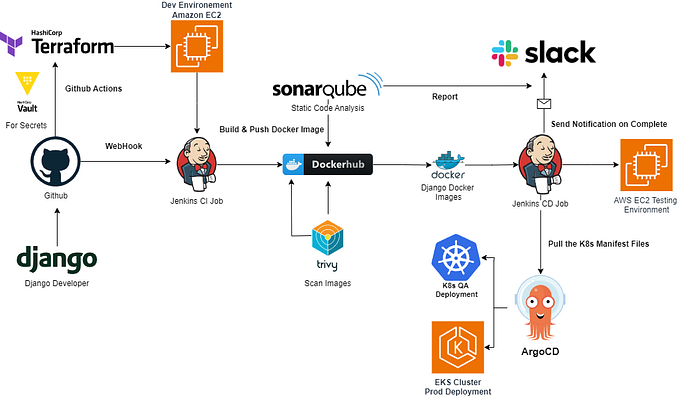Kubernetes- Stateless and Stateful Applications

Stateless Applications:
Definition: Stateless applications are those that do not store any session or state information about the client. Each request from a client is treated as an independent transaction that the server can handle without any knowledge of previous interactions.
Characteristics:
- Easy to scale because they don’t store session data.
- Failures in one instance don’t affect others.
- Deploy multiple instances behind a load balancer without worrying about data.
- Each API request contains all the necessary info.

Architecture:
- Don’t store client session data.
- Horizontally scalable, easily handles the increased load.
- Each request is treated separately, with no reliance on previous interactions.
- Components don’t retain the internal state.
- Use external data stores for persistent data.
Stateful Applications:
Definition: Stateful applications, on the other hand, maintain session or state information about the client. They rely on persistent storage to store data between client interactions.
Characteristics:
- Requires persistent storage for session/state data.
- More complex due to managing data consistency and synchronization.
- Scaling is harder due to data consistency needs.
- Kubernetes StatefulSets manage stateful apps with unique identities and stable storage.
- APIs maintain session/state info between client interactions.

Architecture:
- Store client session data.
- Rely on persistent storage for data.
- Manage stateful data across systems.
- Components may rely on or pass state information.
- Components maintain an internal state between interactions.
Stateless applications are inherently more scalable due to their ability to scale horizontally by adding more instances. Here’s why:
- Stateless apps don’t store client data, so each request is standalone.
- Instances handle requests without relying on others’ states.
- Adding instances is simple; load balancers distribute traffic evenly.
- Failures in one instance don’t affect overall functionality.
- Auto-scaling adjusts instance count based on demand, optimizing resource use.
In summary, the stateless nature of these applications allows them to scale horizontally by adding more instances effortlessly, making them inherently more scalable and suitable for handling varying workloads and traffic patterns.
Now, let’s break down the resilience to failures in stateless applications and the mechanisms required for stateful applications:
Stateless Applications:
Resilience to Failures:
- Don’t rely on local data, so failures don’t disrupt service.
- Other instances can handle requests if one fails, ensuring continuous service.
- Scaling is easy without worrying about data consistency issues.
Stateful Applications:
Mechanisms for Availability and Consistency:
- Data is replicated across nodes to prevent data loss.
- Promote standby nodes to primary to maintain service during failures.
- Restore data consistency and resume operations after failures.
- Use algorithms like Raft or Paxos to ensure data consistency across replicas.
Let’s dive into the details of how stateful and stateless applications manage data persistence and consistency:

Stateless Applications:
Data Storage:
- Stores temporary data in memory, which is lost after the request/session ends.
- Relies on external databases or caches for persistent data.
- Uses caches for improved performance, but data is transient.
Contrast:
- Stateful uses databases and stateless relies on external stores or caches.
- Stateful ensures strong consistency, stateless may have relaxed consistency.
- Stateful manages long-term data, while stateless handles short-lived data.
Stateful Applications:
Data Persistence:
- Relies on databases or distributed storage for data durability.
- Data is replicated across nodes for high availability.
- Ensures data is written to stable storage before acknowledgment.
- ACID transactions maintain data consistency.
The resource consumption between stateless and stateful applications, particularly focusing on the additional overhead stateful applications:
Stateless Applications:
Resource Consumption:
- Stateless apps use fewer resources overall.
- They don’t need resources for persistent data storage or replication.
- Highly scalable with dynamic resource allocation.
Stateful Applications:
Resource Consumption:
- Stateful apps need more resources.
- Requires significant disk space and memory.
- Increased network bandwidth and CPU usage.
- Additional processing for managing stateful components.
- Scaling is more resource-intensive due to data synchronization needs.
In essence, stateless apps are lighter on resources, while stateful apps incur more overhead due to managing persistent data and replication.
Typical Use Cases:
Stateless Applications:
- Serving static content or handling stateless API requests.
- Stateless microservices handling independent tasks.
- Distributing cached content to users.
- Distributing incoming requests across multiple servers.
Suitability Scenarios:
- Perfect for rapidly scaling to handle fluctuating loads.
- Resilient to failures as instances can be easily replaced.
- Ideal for serving RESTful APIs or handling HTTP requests where each request is self-contained.
Stateful Applications:
- Storing and managing persistent data for applications.
- Maintaining message order and delivery guarantees.
- Tracking user sessions and preferences.
- Processing and analyzing streaming data.
Suitability Scenarios:
- Critical for applications requiring ACID transactions or strict data consistency guarantees.
- Handling workflows where maintaining state across multiple interactions is necessary.
- Ensuring continuous availability and fault tolerance with replicated data across multiple nodes.
- Essential for storing critical data that must survive failures or system crashes.
In summary, stateless applications excel in scenarios requiring high scalability and fault tolerance, while stateful applications are better suited for use cases demanding strong data consistency, high availability, and data durability.
Handling Stateless and Stateful Applications in Kubernetes:
Stateless Applications:
- Handling: Kubernetes deploys multiple container instances and distributes traffic using services and ingress controllers.
- Resources: Deployments manage stateless workloads, ensuring specified pod replicas, scaling, and self-healing.
Stateful Applications:
- Handling: Kubernetes uses StatefulSets, providing stable network identifiers and persistent storage for each pod instance.
- Resources: StatefulSets manage stateful workloads, ensuring ordered deployment, unique identities, and persistent volumes for data storage.
Kubernetes uses Deployments for stateless apps, ensuring scaling and self-healing, and StatefulSets for stateful apps, providing stable identities and persistent storage.
If you found this guide helpful then do click on 👏 the button.
Follow for more Learning like this 😊
If there’s a specific topic you’re curious about, feel free to drop a personal note or comment. I’m here to help you explore whatever interests you!
Thanks for spending your valuable time learning to enhance your knowledge!











